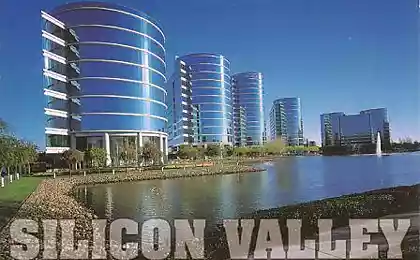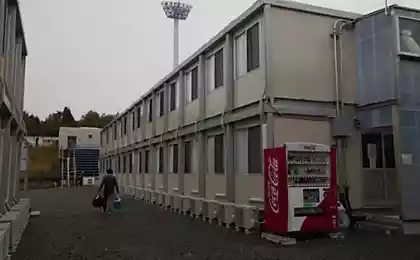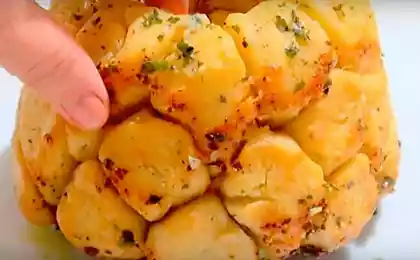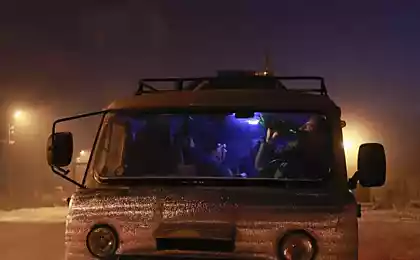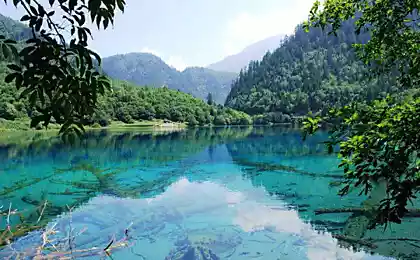1557
Monkey Resort Dzigokudani
Valley Dzigokudani (translated as "Hell Valley") in Nagano Prefecture, in northern Japan. Name of the area due to the numerous hot springs and geysers, gushing out of the ground. Now these geothermal water - a popular resort, where you can in the bosom of the relic mountain nature plunge in natural healing bath - onsen. The remarkable quality of geothermal waters of these places appreciate not only Japanese and foreign tourists, but local natives - the Japanese macaque, all day long to take a warm water therapy in the onsen in the winter when the temperature drops below zero.

The Japanese macaque - the only species of monkeys that live on the Japanese islands. This is the most northern monkey in the world.

Japanese macaques live mainly in northern Japan, where snow can lie up to four months of the year, and the average winter temperature is -5 ° C

Helping them to transfer the cold thick and dense fur is dark gray with a brown tinge, which has given its nature.
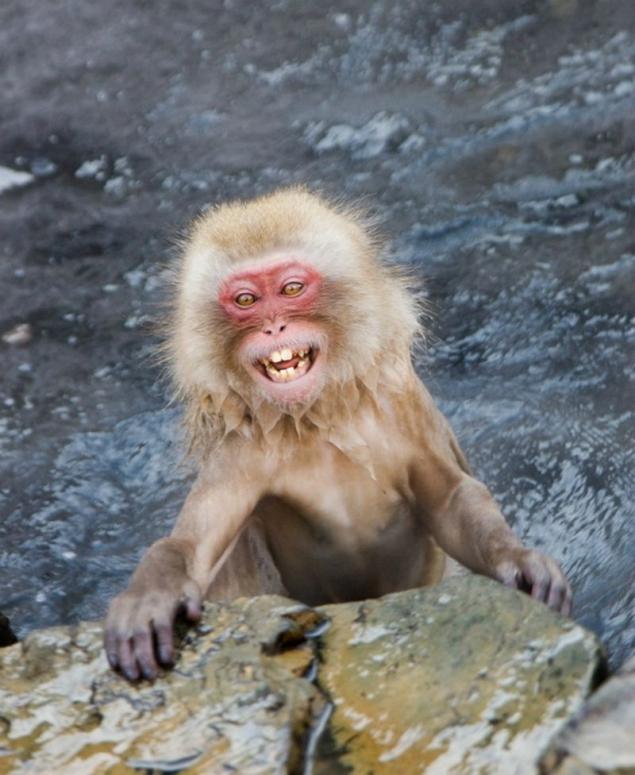
The fur covers the entire body of the animal, with the exception of the muzzle, hands and buttocks. If you look at macaque ruffled, it seems that it is quite thick and heavy. In fact, Japanese macaques are not that great.

The growth of males is about 80-95 cm, weight - 12-14 kg. Females are shorter, and their body weight of about 1, 5 times smaller. The tail of the Japanese macaques short, no longer than 10 centimeters.

One of the distinctive features of the exterior of the Japanese macaque - red leather

No cold Japanese macaques are not afraid of, thanks to the warm geothermal bathrooms, where they spend most of the time in the winter.

According to local legend, the first to take a warm bath has become one of the females, who climbed into the water to get spilled the beans. And only after it learned that the rest of the monkeys

During particularly cold weather they are immersed in water up to his neck. So sit most of the time, and when it gets warmer, go look for food. If wet monkey climbs out of the water, then bitter cold wool covered with ice and it becomes colder. For such cases, the monkeys provided duty system. Several animals with food trays, dry hair, while others sit in water

Macaques perfectly swim and dive

Eat macaques mainly plant foods - leaves, fruits, roots, sometimes as small animals, insects and bird eggs.
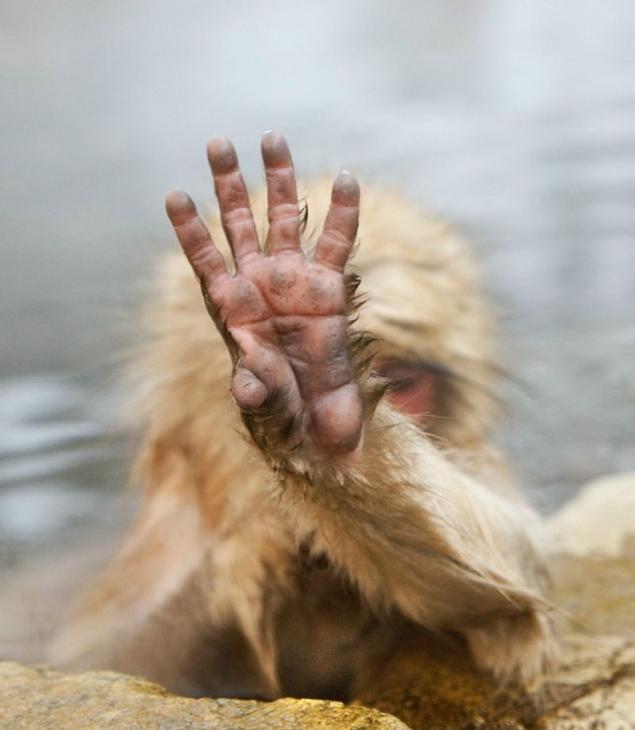



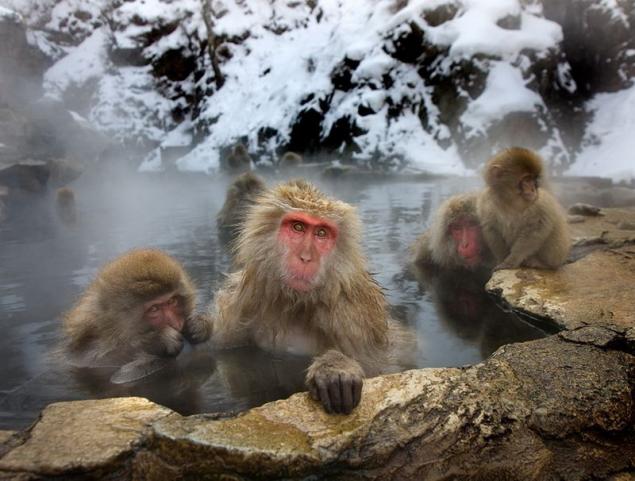

From time to time macaques raid the peasants' fields, and it is exposed to extermination

On the one hand, the Japanese macaque - unique animals listed in the Red Book, which must be protected, on the other - they are pests with which farmers have to fight to save the harvest
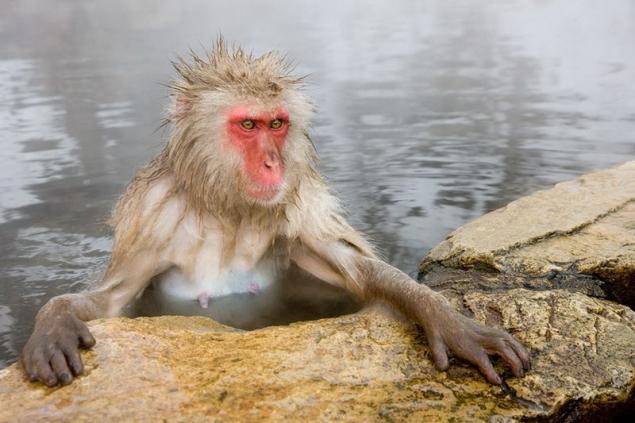

Japanese macaques live in flocks of 10 to 100 animals of different sexes, usually 20-25. During leisure, if there is no place for swimming, huddling together and bask in each other

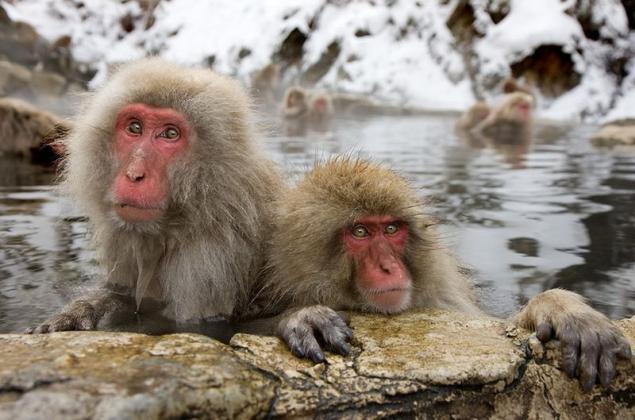
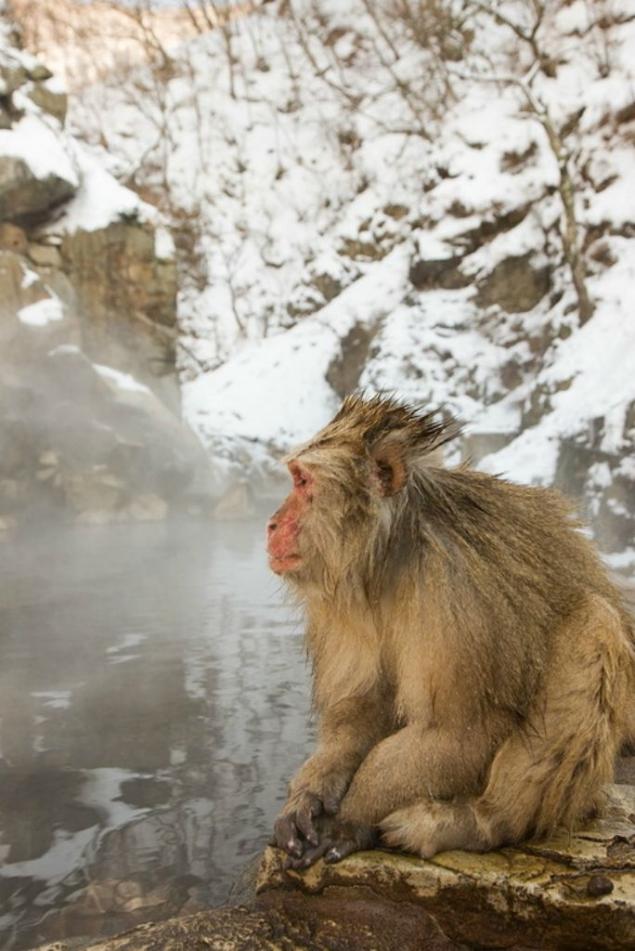
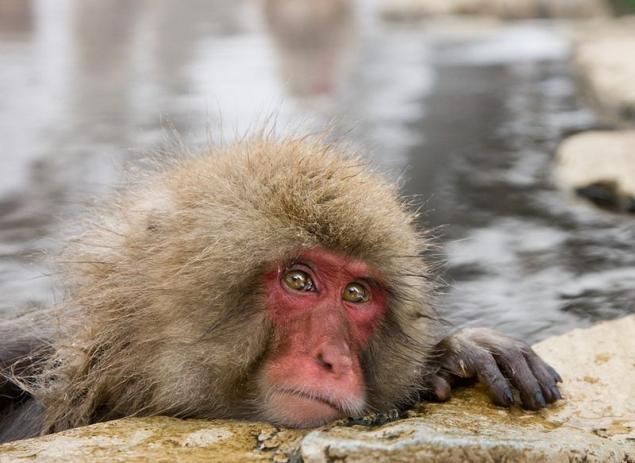
Unique monkey resort has no analogues in the world. Monkey Dzigokudani made it his fiefdom. Outsiders are not allowed here. It is said that macaques from other mountains, hearing about the amazing healing springs, trying to relocate here to the waters. But there were hounded out by local inhabitants.
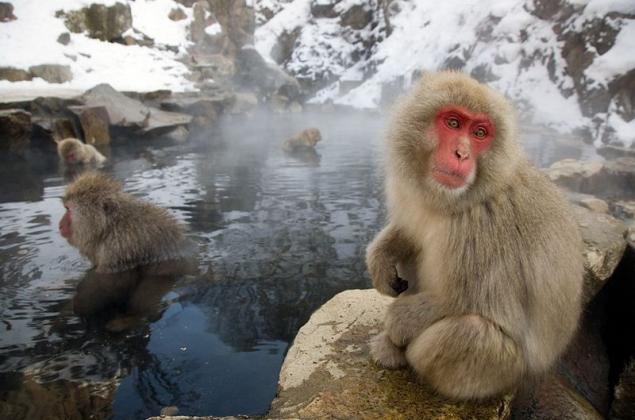



Source: postomania.ru

The Japanese macaque - the only species of monkeys that live on the Japanese islands. This is the most northern monkey in the world.

Japanese macaques live mainly in northern Japan, where snow can lie up to four months of the year, and the average winter temperature is -5 ° C

Helping them to transfer the cold thick and dense fur is dark gray with a brown tinge, which has given its nature.

The fur covers the entire body of the animal, with the exception of the muzzle, hands and buttocks. If you look at macaque ruffled, it seems that it is quite thick and heavy. In fact, Japanese macaques are not that great.

The growth of males is about 80-95 cm, weight - 12-14 kg. Females are shorter, and their body weight of about 1, 5 times smaller. The tail of the Japanese macaques short, no longer than 10 centimeters.

One of the distinctive features of the exterior of the Japanese macaque - red leather

No cold Japanese macaques are not afraid of, thanks to the warm geothermal bathrooms, where they spend most of the time in the winter.

According to local legend, the first to take a warm bath has become one of the females, who climbed into the water to get spilled the beans. And only after it learned that the rest of the monkeys

During particularly cold weather they are immersed in water up to his neck. So sit most of the time, and when it gets warmer, go look for food. If wet monkey climbs out of the water, then bitter cold wool covered with ice and it becomes colder. For such cases, the monkeys provided duty system. Several animals with food trays, dry hair, while others sit in water

Macaques perfectly swim and dive

Eat macaques mainly plant foods - leaves, fruits, roots, sometimes as small animals, insects and bird eggs.






From time to time macaques raid the peasants' fields, and it is exposed to extermination

On the one hand, the Japanese macaque - unique animals listed in the Red Book, which must be protected, on the other - they are pests with which farmers have to fight to save the harvest


Japanese macaques live in flocks of 10 to 100 animals of different sexes, usually 20-25. During leisure, if there is no place for swimming, huddling together and bask in each other




Unique monkey resort has no analogues in the world. Monkey Dzigokudani made it his fiefdom. Outsiders are not allowed here. It is said that macaques from other mountains, hearing about the amazing healing springs, trying to relocate here to the waters. But there were hounded out by local inhabitants.




Source: postomania.ru
